Coloring is often thought of as a childhood pastime, but in recent years, it has gained popularity among adults, including seniors. More than just a fun activity, coloring has numerous benefits for mental, emotional, physical, and social wellbeing. Whether a senior is looking for a creative outlet, a way to reduce stress, or a simple activity that enhances cognitive function, coloring can be a perfect choice.
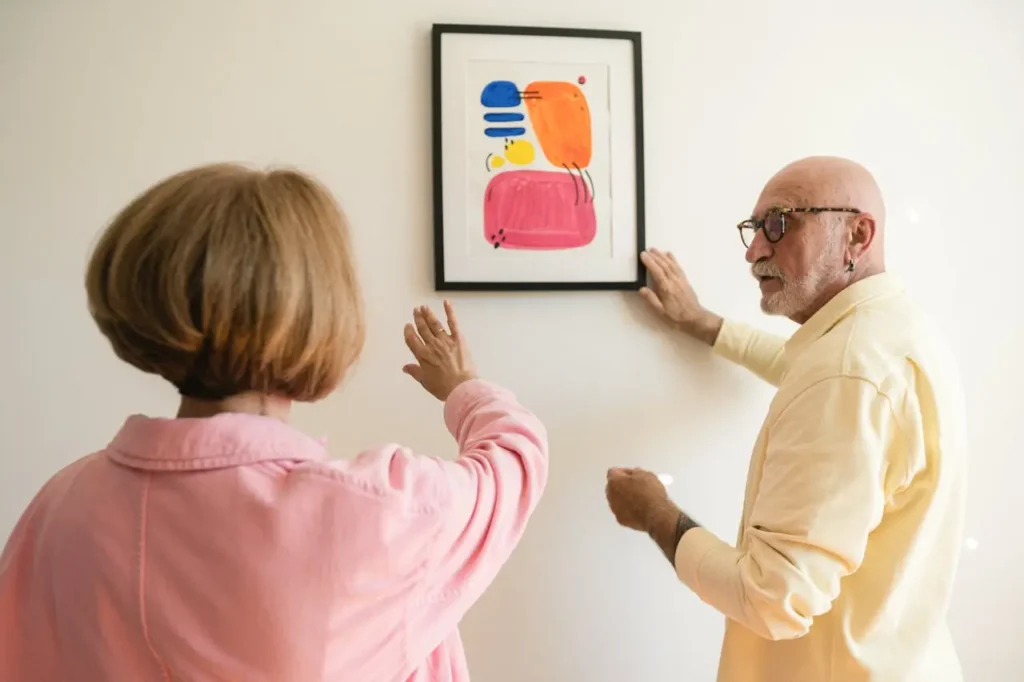
In this article, I will explore the many advantages of coloring for seniors, the best types of coloring books and materials, and how to incorporate this enjoyable activity into their daily life.
Content Covered Today:
Why Coloring Is a Great Activity for Seniors
Coloring is one of the suitable activities for seniors for many reasons:
1- Affordable: Coloring requires minimal investment and no prior experience.
2- Accessible: Coloring materials and environment to color is accessible almost anywhere. You can color a book on your couch, on a beach, on a train, on transportation, etc.
3- Low-Pressure Creative Outlet: No expectations or artistic skill needed—just pure enjoyment.
4- Suitable for Various Ability Levels: Can be adapted for seniors with vision impairments, arthritis, or other physical limitations.
Cognitive Benefits of Coloring for Seniors
Coloring engages multiple areas of the brain, helping to keep cognitive functions sharp. Studies suggest that creative activities like coloring can delay cognitive decline and improve brain plasticity.
- Enhances Focus and Concentration: The structured nature of coloring helps improve attention span.
- Supports Memory Retention: Coloring encourages pattern recognition and color association which boosts memory and retention abilities.
- Reduces the Risk of Cognitive Decline: Coloring is a stimulating brain activity and problem-solving skill which help seniors fight cognitive decline in cases of dementia and Alzheimer’s.
Emotional and Mental Health Benefits of Coloring
Engaging in creative activities like coloring can have profound effects on emotional wellbeing. The act of coloring is known to promote relaxation, mindfulness, and overall happiness.
- Reduces Stress and Anxiety: Coloring offers calming effect, helping to minimize anxiety through the repetitive motion of coloring that promote calming and induce meditative state resulting in relaxation.
- Boosts Mood and Emotional WellBeing: Coloring can stimulate the release of dopamine, a neurotransmitter linked to pleasure and motivation. This is further encouraged by the completion of the coloring activity releasing more dopamine because of that achievement.
- Increases Self-Esteem and Confidence: Completing a coloring page provides a sense of accomplishment that goes beyond just releasing more dopamine, but also it boosts self-esteem and confidence as a result of that accomplishment.
Physical Benefits of Coloring for Seniors
Beyond mental and emotional advantages, coloring also provides physical benefits by improving hand coordination and motor skills.
- Improves Hand-Eye Coordination: Engages fine motor skills through precise coloring movements.
- Helps with Arthritis and Joint Stiffness: Encourages gentle hand movement, which can aid dexterity.
- Promotes Relaxation and Better Sleep: Engaging in a soothing activity can improve nighttime rest.
Social Benefits: How Coloring Encourages Connection
Coloring isn’t just a solitary activity; it can be a wonderful way for seniors to connect with others. I always say that “yes misery loves company, but so does joy too”. This goes for coloring as well, the larger the group, the better the results are, except when quite time is the goal of the senior wishing to color.
- Creates Opportunities for Group Activities: Coloring in social settings can enhance interactions and prevent isolation.
- Bridges Generational Gaps: A great way for seniors to bond with grandchildren and family members is through coloring.
- Encourages Mindful Conversations: Coloring together fosters calm and meaningful discussions.
Tips for Incorporating Coloring into Seniors Daily Life
- Set a Relaxing Environment: Coloring is more suitable for seniors in a well-lit room with a comfortable desk and chair.
- Establish a Routine: A consistent coloring time can create a sense of stability that can promote a healthy routine for elderly.
- Combine with Other Mindful Activities: The joyful experience of coloring can be compounded with listening to music or audiobooks while coloring.
- Make It a Social Activity: Joining a senior community group or family gathering goes a long way compared to individually coloring.
How to Choose the Best Coloring Books and Materials for Seniors
Selecting the right coloring materials can enhance the experience and make it more enjoyable for seniors. The more fractions you remove from their coloring experience, the better you’re making it for them. For that I recommend considering the below factors:
- Large Print and Simple Designs: These coloring books make it easier for seniors to see and color designs and reduce frustration trying to color intricate small designs.
- High-Quality Paper: The thicker the paper is, the better it prevents bleed-through to the following design when using markers or watercolor pencils.
- Consider Coloring Books with Single Sided Designs: Books with single sided designs reduce frustrations of bleeding-through the following designs if they are back to back. Bleeding through can happen with back to back designs and watercolor pencils even if the paper thickness is good.
- Ergonomic Coloring Tools: Soft-grip pencils and markers for seniors with arthritis.
- Thematic Choices for Personal Connection: Every person is different and so their preference to the coloring books themes. Make sure to choose what resonates better with the senior you’re buying the book for. Example of themes include; Flowers, nature, landscapes, or nostalgic images.
- Consider Spiral or Lay-Flat Binding: It’s always better for seniors to use books that can lay flat on the surface not to worry about holding the book open to color.
Recommended Coloring Books for Seniors
Here are couple of coloring books I specifically designed to cater to the needs of adults and seniors with dementia:
1- “Bold and Easy Flowers & Hearts Coloring Book for Adults, Seniors, Kids”
This coloring book features 31 simple and large floral illustrations and 31 beautiful heart-shaped flowers designs of the same flower to evoke positive emotions and memories. It’s 8.5 X 8.5 inches with single sided designs to prevent bleed-through.
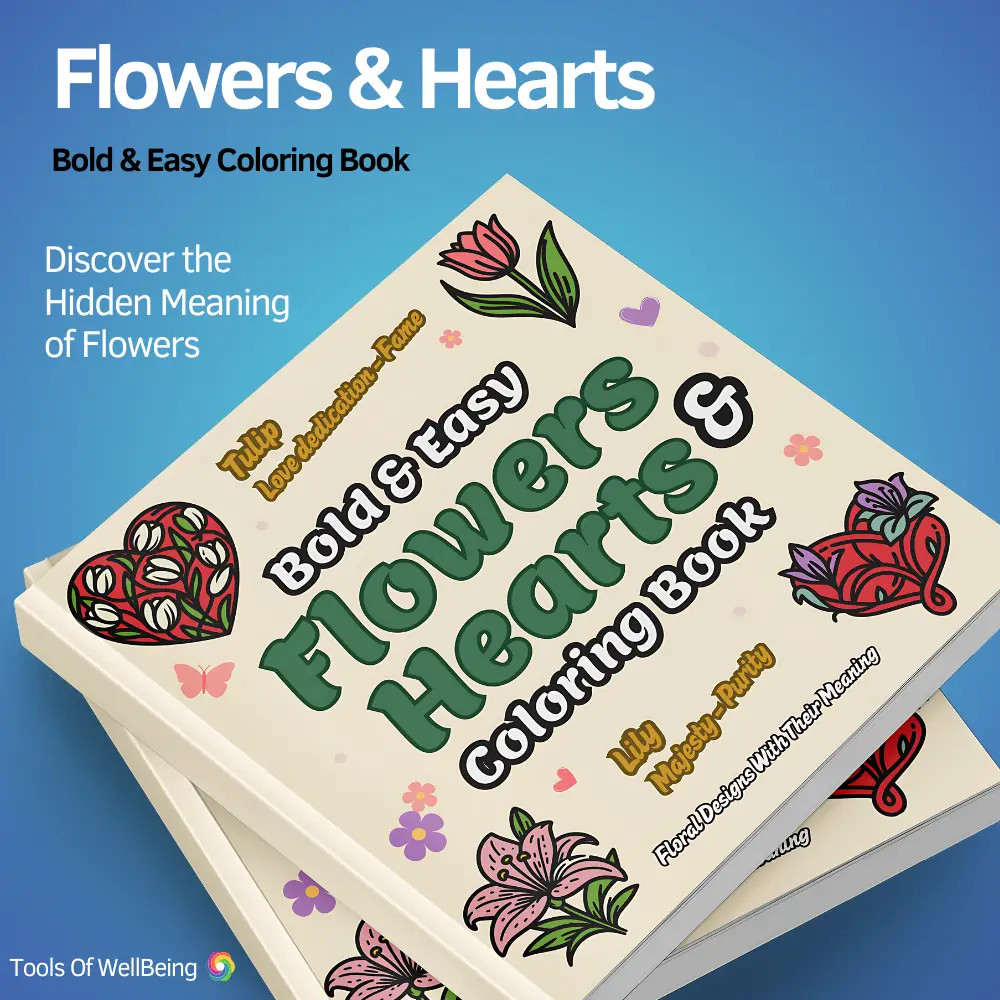
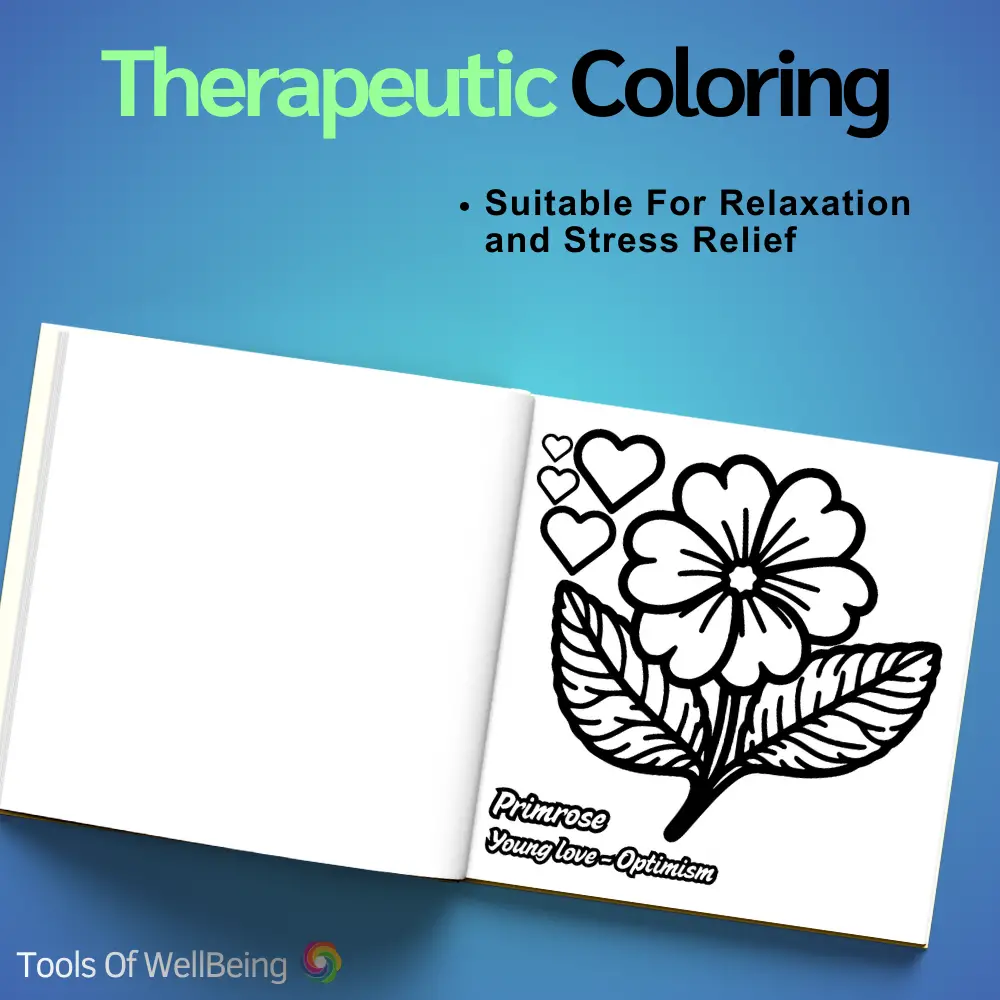
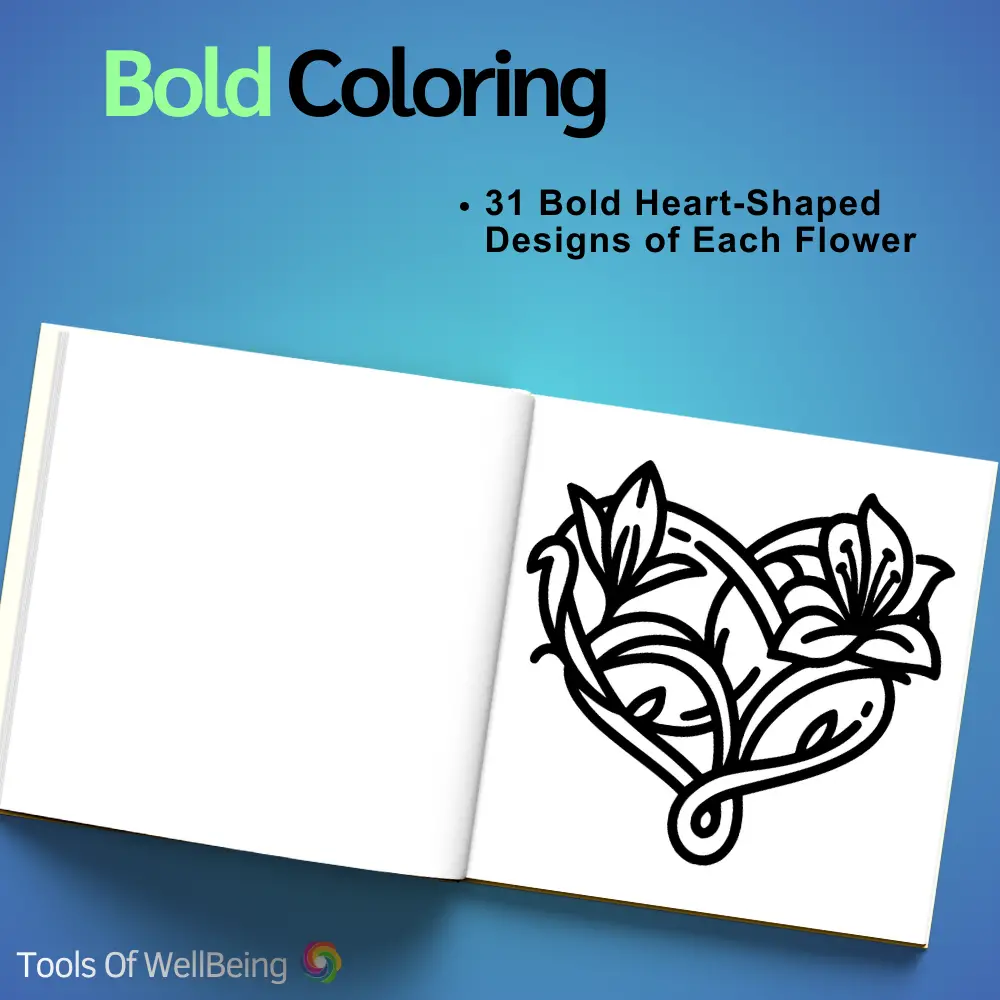
2- “Flowers and Love Quotes Coloring Book for Seniors with Dementia, Alzheimer’s Patients, Adults”
A follow up intentionally designed coloring book for seniors with dementia and Alzheimer’s patients including 62 flowers and heart-shaped flowers designs with heart-warming messages to tell them that they’re not alone, that they are valued and loved.
This book is larger than the first one with 8.5 X 11 inches in size and it too has single sided designs to prevent bleed-through.
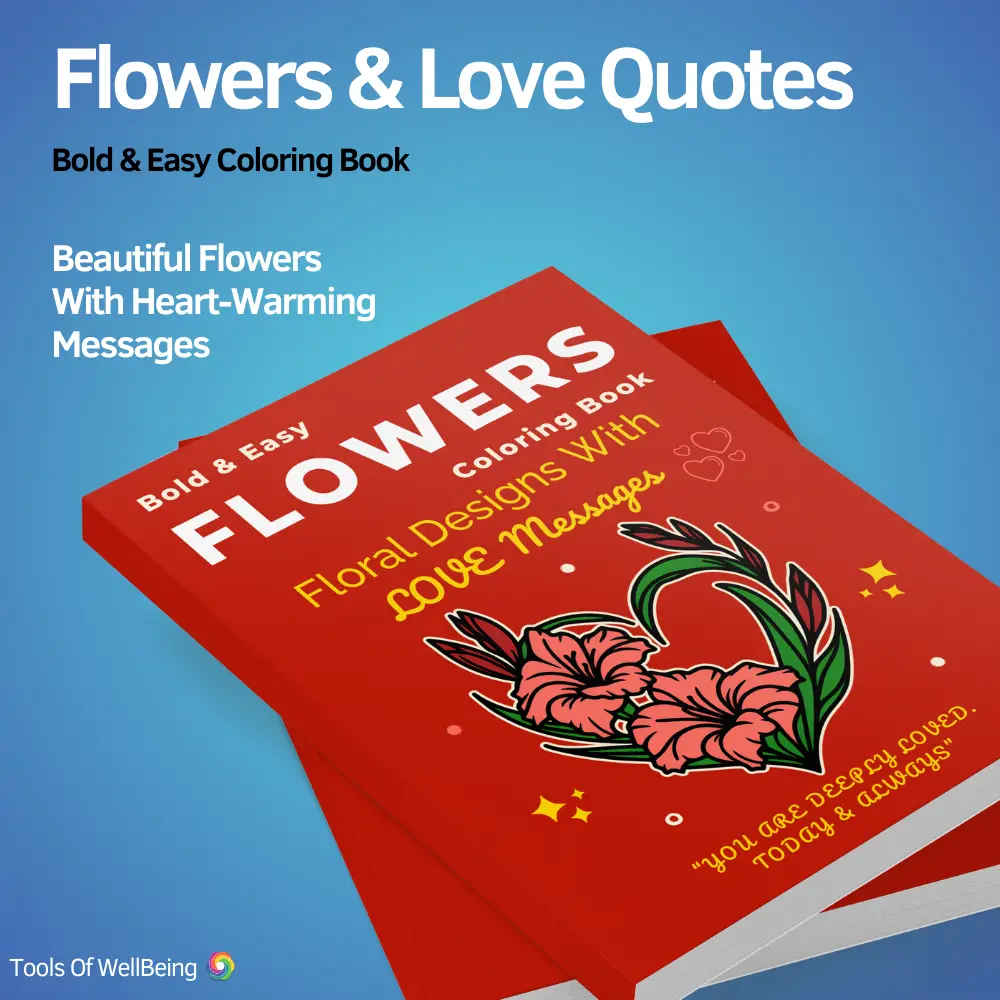
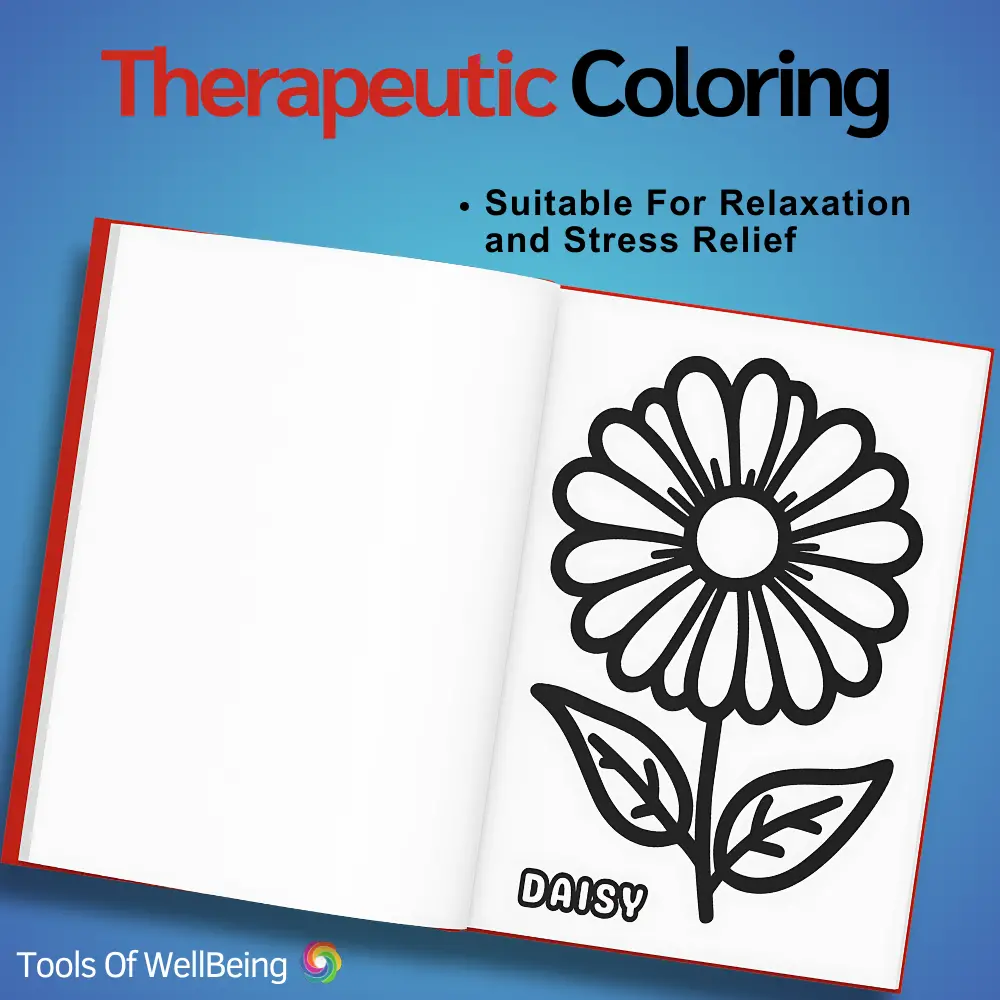
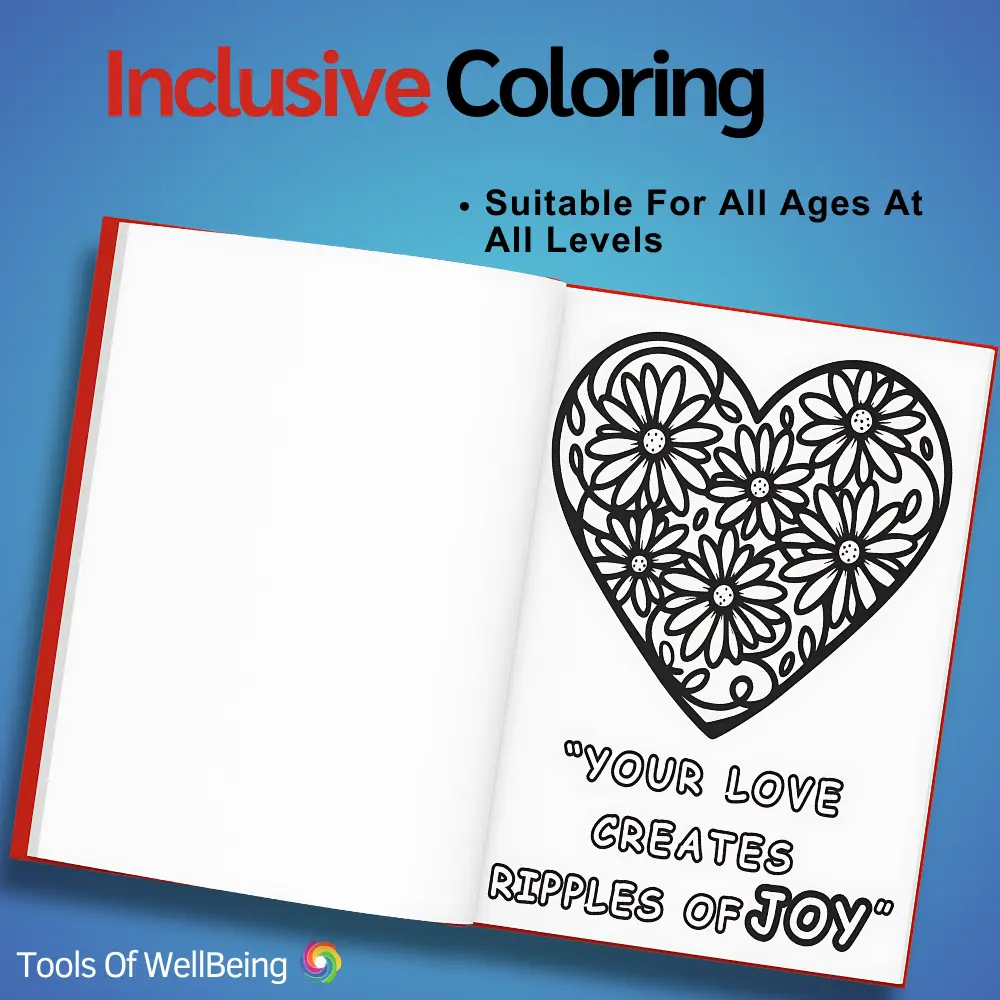
Conclusion
Coloring is much more than a childhood activity—it is a powerful tool for enhancing seniors’ mental, emotional, physical, and social wellbeing. With proven benefits in reducing stress, improving cognitive function, and fostering social connections, it is an accessible and enjoyable activity for anyone over 60. Whether done alone or as part of a group, coloring provides a meaningful way to stay engaged and creative in later years. If you or a loved one haven’t tried it yet, now is the perfect time to pick up some colors and start!